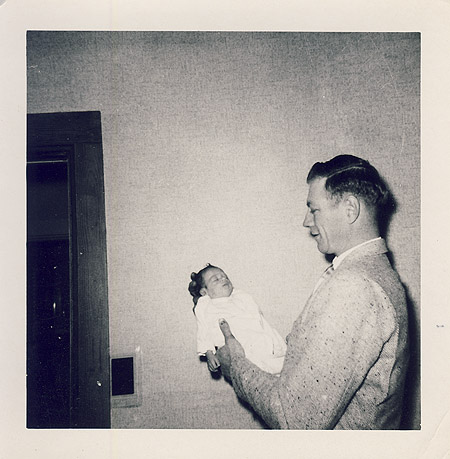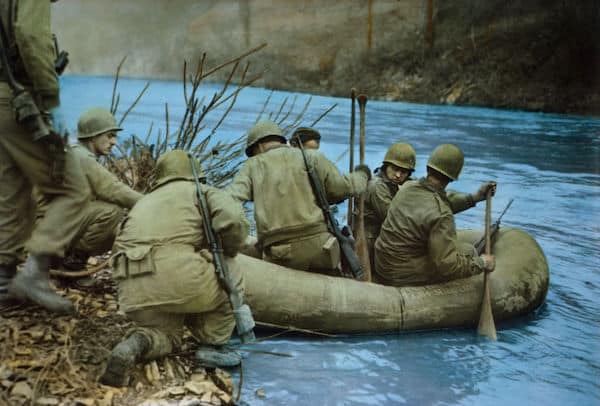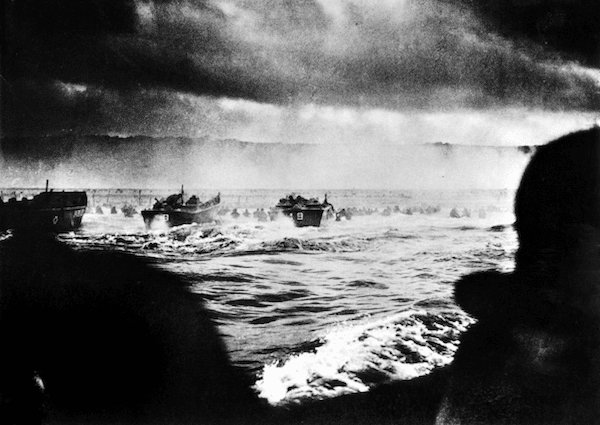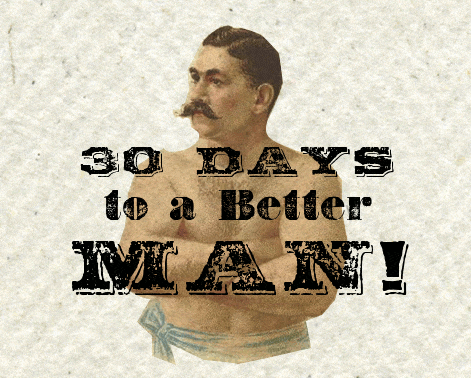
12,000 aircraft. 7,000 ships. 13,000 paratroopers. 150,000 troops from a dozen countries. The Allied invasion of Normandy on June 6, 1944 was the largest amphibian invasion in history. The epic scale of the operation is hard to grasp, as is its historic consequence. D-Day paved the way for the liberation of France and, ultimately, the end of the war. Victory came at a high cost: over 4,000 Allied troops lost their lives on D-Day itself, and tens of thousands more were killed in the battles that followed.
80 years on, we’ve dug deep into the photo archives to bring a bit of D-Day’s sweep and significance back into our cultural memory. Below, you’ll find 25 amazing, rarely-seen photos from D-Day, along with their original captions. For more amazing photos of WWII as a whole, check out this post.
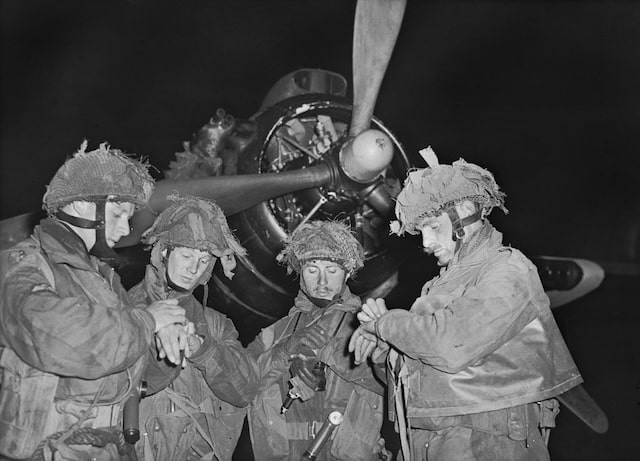
Four ‘stick’ commanders of 22nd Independent Parachute Company, British 6th Airborne Division, synchronising their watches in front of an Armstrong Whitworth Albemarle transport of No 38 Group, Royal Air Force, at about 11 pm on 5 June 1944, just prior to take off from RAF Harwell, Oxfordshire. This pathfinder unit parachuted into Normandy in advance of the rest of the division in order to mark out the landing zones, and these officers (left to right: Lieutenants Bobby de la Tour, Don Wells, John Vischer and Bob Midwood) were among the first Allied troops to land in France.
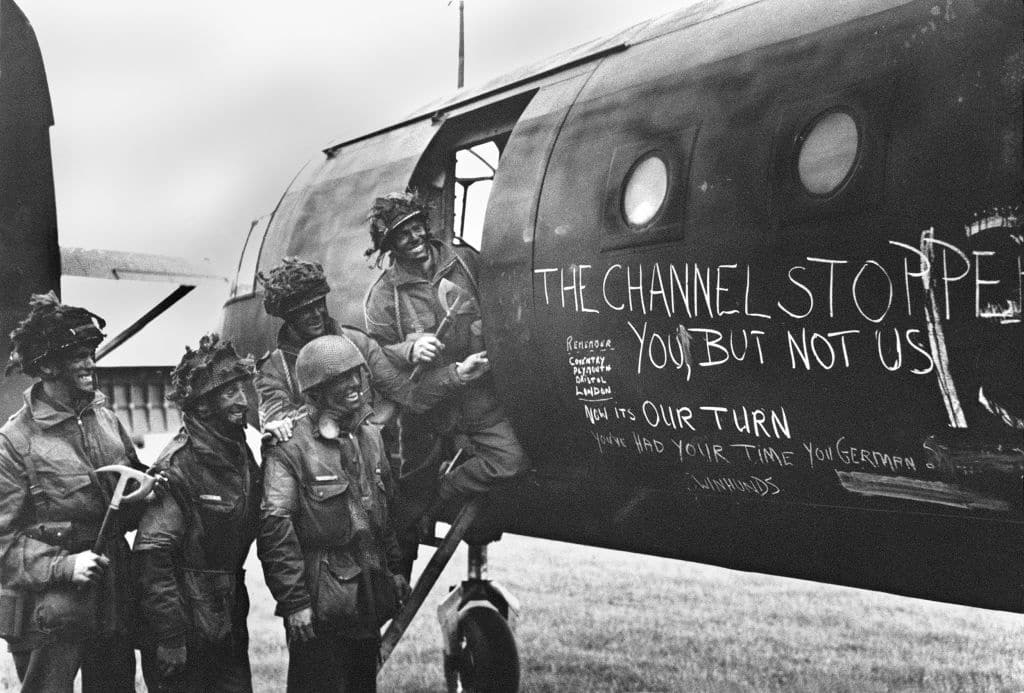
British Airborne troops admire the graffiti chalked on the side of their Horsa glider as they prepare to fly out to Normandy as part of 6th Airborne Division’s second lift on the evening of 6 June 1944.

Members of an airborne unit make a final checkup of equipment before taking off from a British air base on the invasion of Fortress Europe.
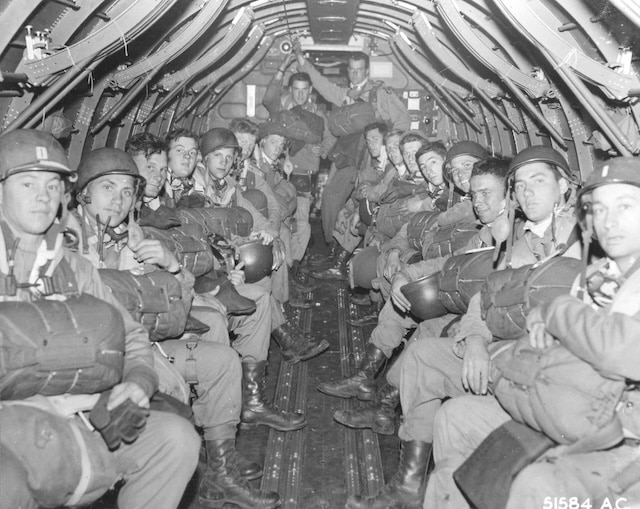
Set to be flown to spearhead the beginning of the battle for the liberation of Europe, men of an infantry paratroop regiment are shown inside a Douglas C-47 of the Ninth Air Force Troop Carrier Command, over France, June 6, 1944.

Thumbs up from these British paratroops before they left England in a glider to reinforce Allied troops in France. Their slogan, to match their camouflaged faces, and names of their girls, adorn the side of the glider.
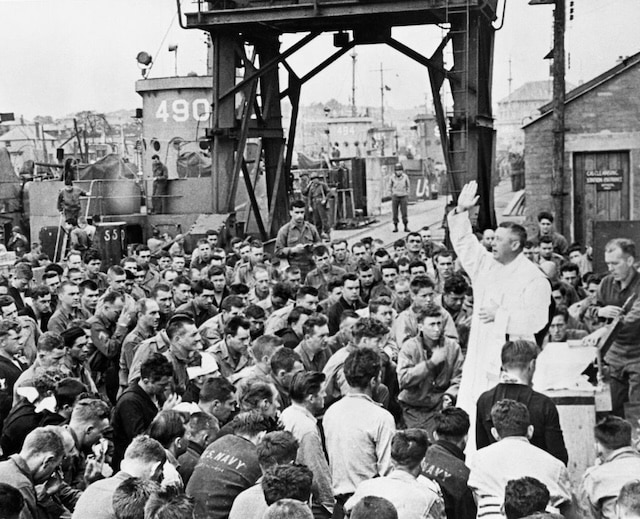
A few minutes before they embarked for the invasion of Europe, American assault troops kneel on a British pier, with their assault boats in background, and received benediction from Major Edward J. Waters, Catholic Army Chaplain from Oswego, New York. A few hours later these men were hitting the beaches of France in the first attack on Hitler’s fortress.

English Channel…Some are grim-faced, some are smiling, but all are eager in their own way to come to grips with the enemy. These American soldiers were photographed aboard a Navy LCI (landing craft, infantry) on their way to the invasion coast of France. They were anxious to do the job for which they had been trained for and for which they had been waiting. They made good, too.
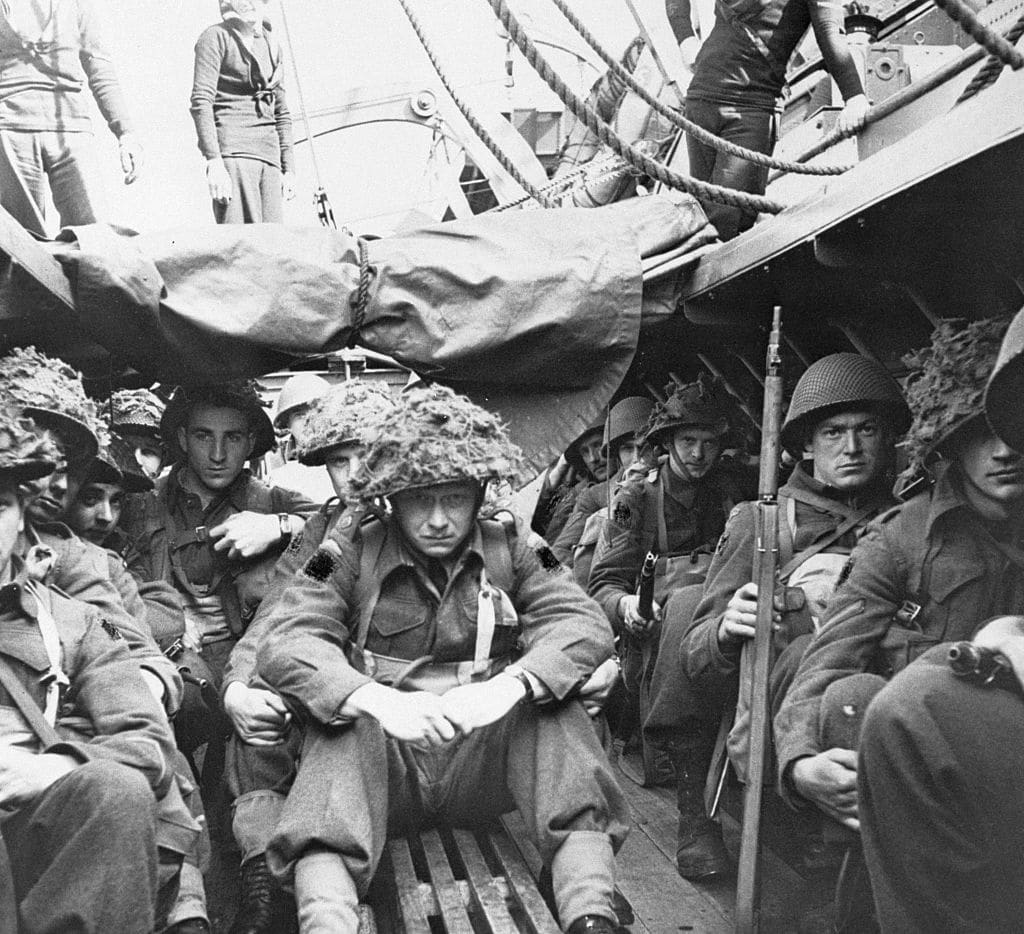
Packed in assault craft completely ready to fight as soon as their feet touch land are these Canadian troops pictured when Allied armies, including Canadians, landed on the French Normandy coast to start the invasion of Hitler’s Europe.

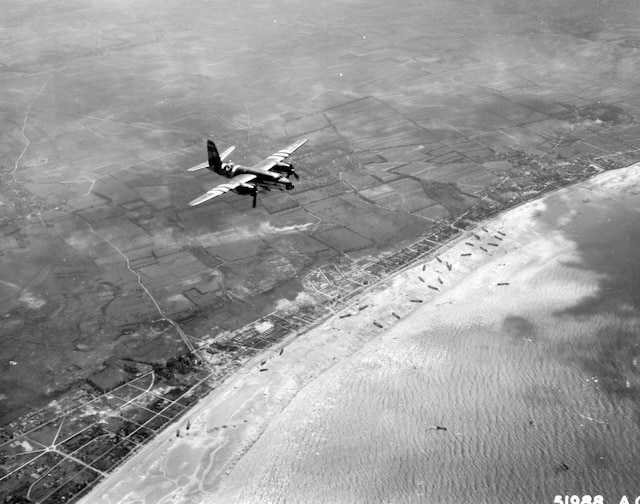
One of the many B-26 Martin Marauders of the Ninth Air Force is shown over the coast of France during the early morning, giving cover to the landing craft shown on the sandy beaches below.
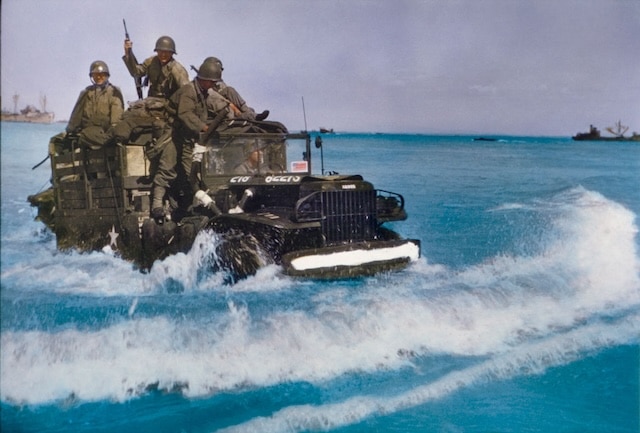

This Coast Guard landing barge burst into flames when it was hit by Nazi machine gun fire, and a soldier’s hand grenade exploded, but its crew steers it toward the beach despite the rising smoke and flame. Choppy waters in the Channel didn’t make the job any easier, either.

Canadian soldiers land on Courseulles beach in Normandy.
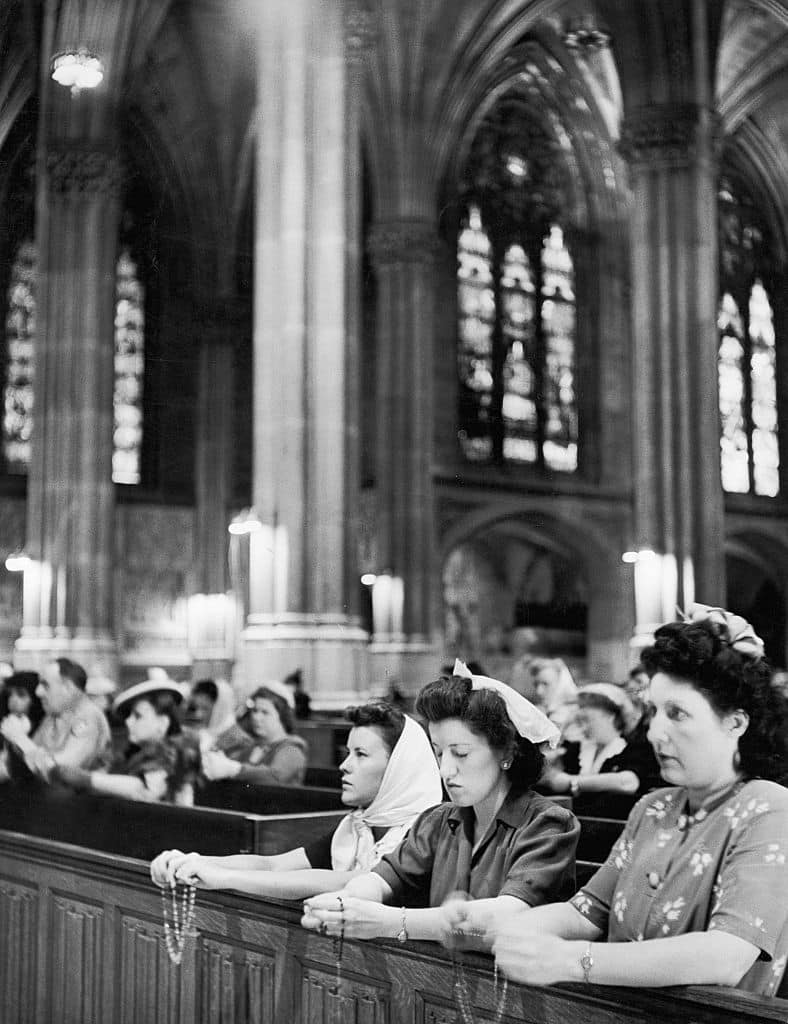
Christians Praying in St. Patrick’s Cathedral on D-Day .
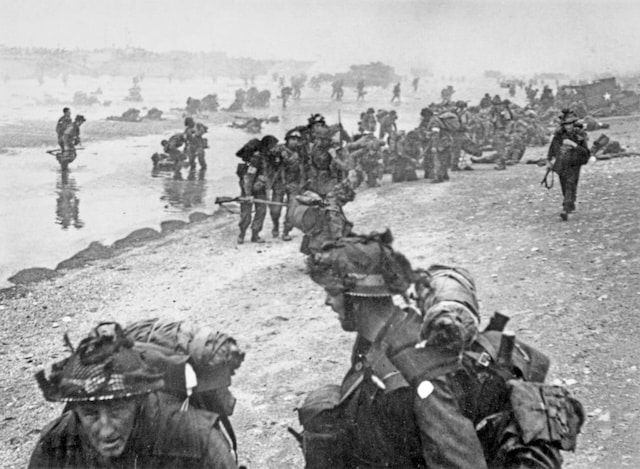
Allied troops from the 8th Brigade, 3rd Infantry Division of the British Second Army come ashore on Queen Red Beach, Sword Beach area from Landing Craft Infantry (LCI). In the foreground are sappers of 84 Field Company Royal Engineers, part of No.5 Beach Group who are identified by the white bands around their helmets and behind them medical orderlies of 8th Field Ambulance, Royal Army Medical Corps (RAMC), can be seen assisting wounded men on the shoreline.
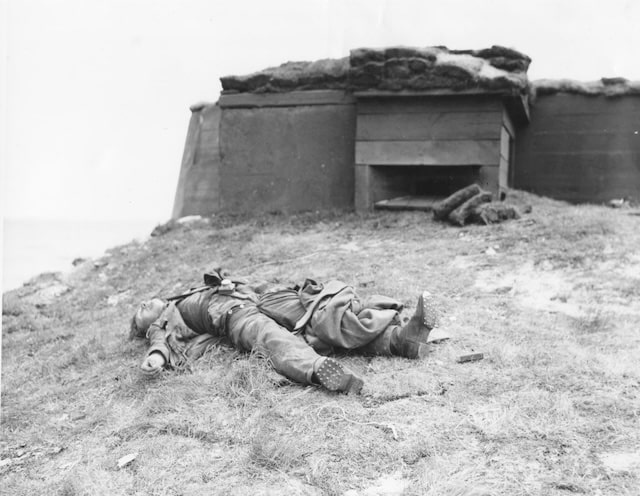
A German soldier lies dead outside a pillbox that he had defended on Utah Beach.

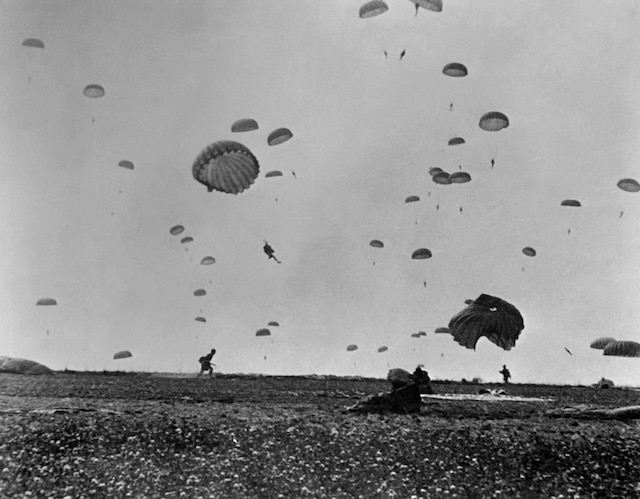
Paratroopers land on La Manche coast on June 6, 1944, after Allied forces stormed the Normandy beaches during D-Day.

A crowd reading news of the D-Day invasion, on the “Zipper” news ticker at One Times Square, New York City, New York, USA, June 6, 1944.
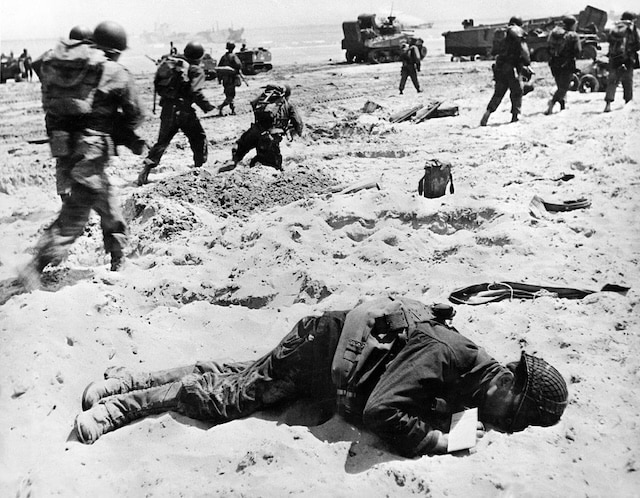
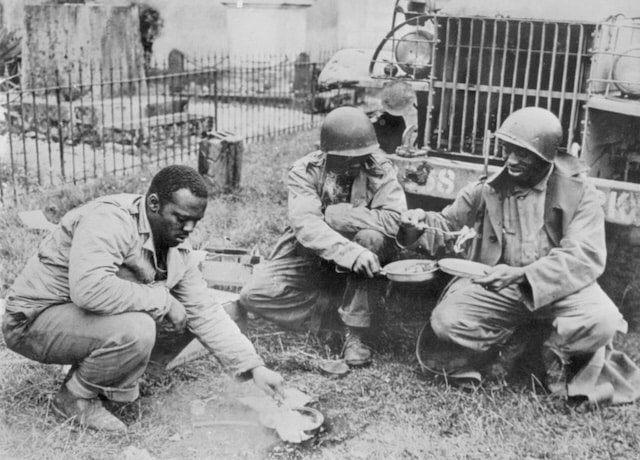
American soldiers eat near a supply truck in France shortly after US troops landed on the beaches of Normandy.
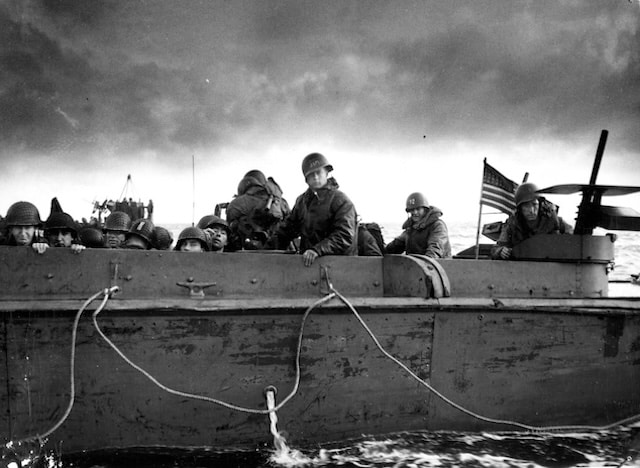
D-Day — Coast Guard Ferries Reinforcements — Grim and determined, these American soldiers head towards the French coast as the American flag flies from the stern of their US Coast Guard landing barge as it speeds toward the invasion shore.
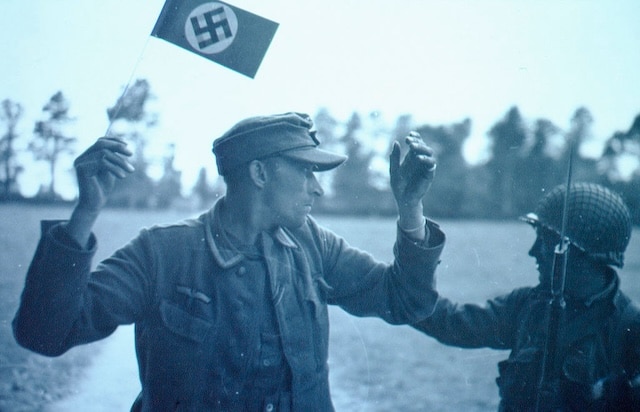
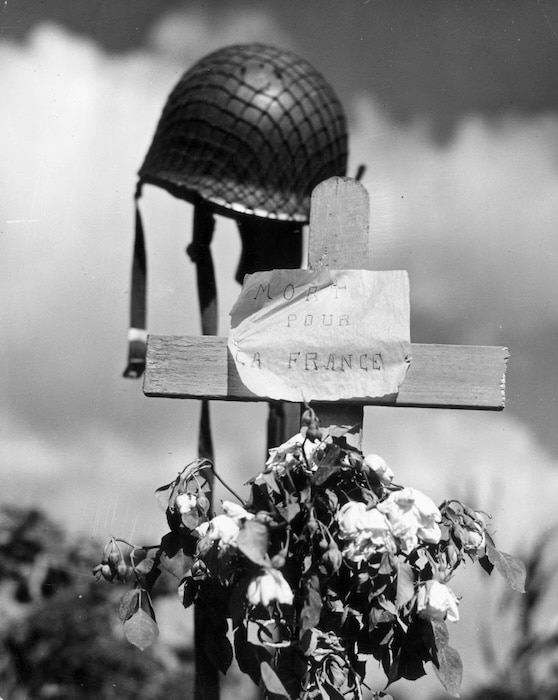
A wooden cross, a soldier’s helmet, and flowers mark the grave of an American soldier who was killed in battle during the invasion of Normandy, Carentan, France. A sign posted by French civilians reads ‘Mort pour la France’, or ‘Died for France.’
To learn more about D-Day, listen to this episode of the AoM podcast:


